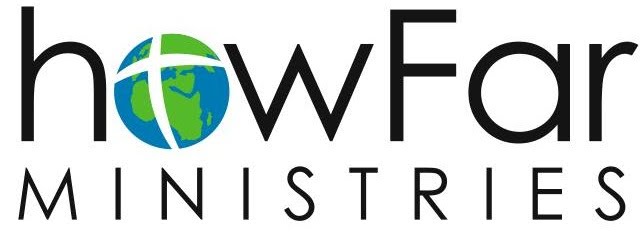Simply put, these two countries have some of the highest rates of malnutrition in the entire world. To further simplify the situation we could say that they go to bed hungry more often than 95% of the worlds population. (See GHI methodology below.)
"As the world approaches the 2015 deadline for achieving the Millennium Development Goals (MDGs) – which include a goal of reducing the proportion of hungry people by half – the 2010 Global Hunger Index (GHI) offers a useful and multidimensional overview of global hunger. The 2010 GHI shows some improvement over the 1990 GHI, falling by almost one-quarter. Nonetheless, the index for hunger in the world remains at a level characterized as “serious.”
The result is unsurprising given that the overall number of hungry people surpassed 1 billion in 2009, even though it decreased to 925 million in 2010, according to the Food and Agriculture Organization of the United Nations.-nine countries still have levels of hunger that are “extremely alarming” or “alarming.”
The countries with “extremely alarming” 2010 GHI scores – Burundi, Chad, the Democratic Republic of Congo, and Eritrea – are in Sub-Saharan Africa.
Most of the countries with “alarming” GHI scores are in Sub-Saharan Africa and South Asia. The largest deterioration in GHI scores was seen in the Democratic Republic of Congo, largely because of conflict and political instability." (Source: Deutsche Welthungerhilfe (German AgroAction); International Food Policy Research Institute (IFPRI); Concern Worldwide - 2010)
The GHI is a multidimensional approach to measuring hunger. It combines three equally weighted indicators:
1. the proportion of undernourished as a percentage of the population (reflecting the share of the population with insufficient dietary energy intake);
2. the prevalence of underweight in children under the age of five (indicating the proportion of children suffering from weight
loss); and
3. the mortality rate of children under the age of five (partially reflecting the fatal synergy between inadequate dietary intake and unhealthy environments).
This multidimensional approach to calculating the GHI offers several advantages. It captures various aspects of hunger in one index number, thereby presenting a quick overview of a complex issue. It takes account of the nutrition situation not only of the population as a whole, but also of a physiologically vulnerable group – children – for whom a lack of nutrients creates a high risk 10.0–19.9 serious of illness, poor physical and cognitive growth, and death. In addition, by combining independently measured indicators, it reduces the effects of random measurement errors.
The index ranks countries on a 100-point scale, with 0 being the best score (no hunger) and 100 being the worst, though neither of these extremes is achieved in practice. Values less than 4.9 reflect low hunger, values between five and 9.9 reflect moderate hunger, values between ten and 19.9 indicate a serious problem, values between 20 and 29.9 are alarming, and values of 30 or higher are extremely alarming. (Source: 2009 Global Hunger Index)
howFar Ministries and The How Far Foundation are currently seeking partnerships with hunger and nutrition focused NGO's to make measurable progress towards improvement in Global Hunger Index scores in Burundi and the DR Congo.
"Then He will also say to those on His left, 'Depart from Me, accursed ones, into the eternal fire which has been prepared for the devil and his angels; for I was hungry, and you gave Me nothing to eat; I was thirsty, and you gave Me nothing to drink; I was a stranger, and you did not invite Me in; naked, and you did not clothe Me; sick, and in prison, and you did not visit Me.'"
Matthew 25:41-43






















